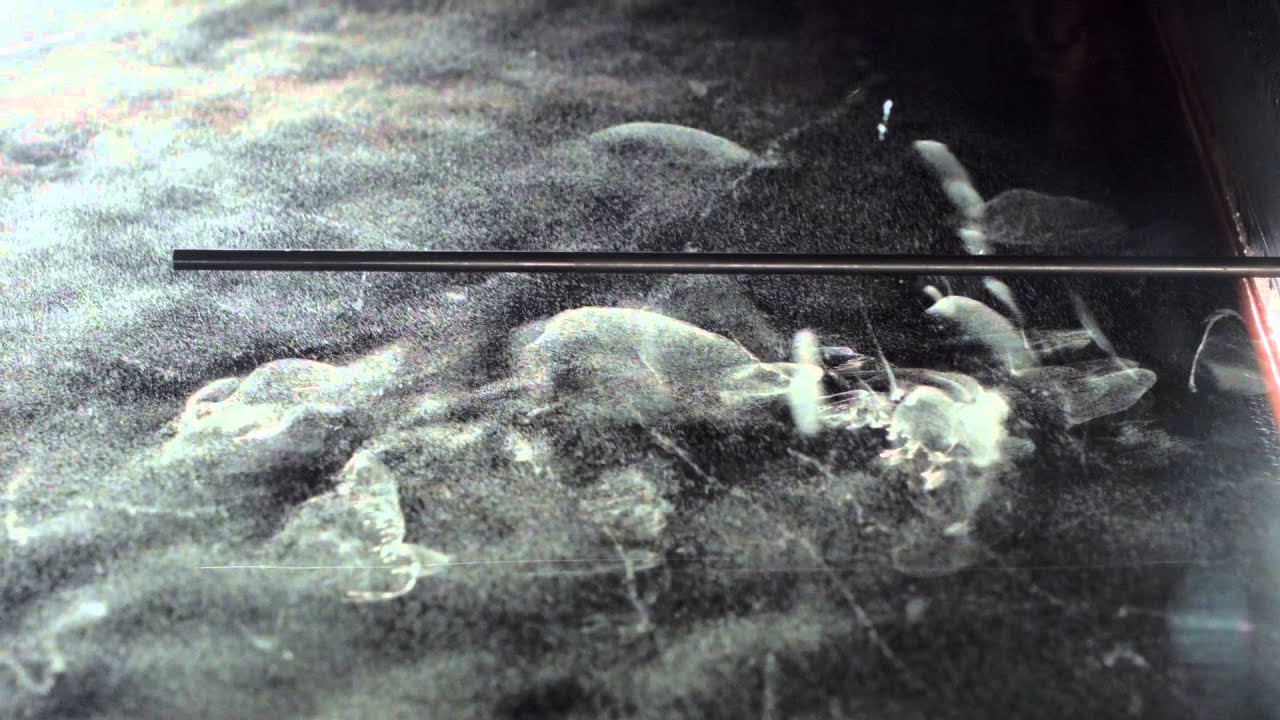
What is a cloud chamber? A cloud chamber is a device that makes invisible particles visible. It does this by creating a supersaturated vapor of alcohol or water inside a sealed environment. When charged particles, like alpha or beta particles, pass through this vapor, they ionize the gas along their path. This ionization causes the vapor to condense into tiny droplets, forming visible tracks that reveal the particles' paths. Invented by Charles Thomson Rees Wilson in 1911, the cloud chamber has been crucial in the study of particle physics. It has helped scientists understand the behavior of subatomic particles and cosmic rays. This simple yet powerful tool continues to be a valuable educational resource, demonstrating fundamental principles of physics in a visually engaging way.
What is a Cloud Chamber?
A cloud chamber is a fascinating device used to visualize the passage of ionizing radiation. It was invented by Charles Thomson Rees Wilson in 1911. This simple yet powerful tool has contributed significantly to our understanding of particle physics.
- The cloud chamber is also known as a Wilson chamber, named after its inventor.
- It works by creating a supersaturated vapor of water or alcohol inside a sealed environment.
- When charged particles pass through the chamber, they ionize the vapor, leaving behind visible tracks.
- These tracks can be photographed, providing a permanent record of the particles' paths.
How Does a Cloud Chamber Work?
Understanding the mechanics behind a cloud chamber can be quite intriguing. The process involves a delicate balance of temperature and pressure.
- The chamber is cooled using dry ice or a Peltier cooler to create a supersaturated environment.
- Alcohol vapor is often used because it condenses at lower temperatures, making the tracks more visible.
- As particles move through the chamber, they ionize the vapor, causing droplets to form along their paths.
- These droplets scatter light, making the particle tracks visible to the naked eye.
Historical Significance of the Cloud Chamber
The cloud chamber has played a pivotal role in many groundbreaking discoveries in particle physics.
- It was used to discover the positron, the electron's antimatter counterpart, in 1932 by Carl Anderson.
- The chamber also helped in the discovery of the muon, a heavier cousin of the electron, in 1936.
- Cloud chambers were instrumental in studying cosmic rays, high-energy particles from outer space.
- They provided the first visual evidence of particle-antiparticle annihilation.
Modern Uses of Cloud Chambers
While more advanced technologies have largely replaced cloud chambers, they still hold educational and research value.
- Cloud chambers are often used in educational settings to demonstrate the principles of particle physics.
- They are also employed in museums and science centers to engage the public with live demonstrations.
- Some researchers still use cloud chambers to study low-energy particles and radiation.
- They are valuable tools for amateur scientists and hobbyists interested in particle physics.
Building Your Own Cloud Chamber
Creating a cloud chamber at home or in a classroom can be a rewarding experience. It requires some basic materials and a bit of patience.
- A simple cloud chamber can be made using a fish tank, dry ice, and isopropyl alcohol.
- The bottom of the tank is lined with felt soaked in alcohol to create the vapor.
- Dry ice is placed underneath the tank to cool it down and create the supersaturated environment.
- A strong light source is needed to illuminate the tracks, making them easier to see.
Fun Facts About Cloud Chambers
Cloud chambers are not just scientific tools; they have some interesting quirks and trivia associated with them.
- The tracks in a cloud chamber can be used to identify different types of particles based on their shape and length.
- Alpha particles create thick, short tracks, while beta particles leave thin, long tracks.
- Cloud chambers can even detect natural background radiation, which is always present around us.
- They have been featured in various science fiction movies and TV shows to depict futuristic technology.
- The invention of the cloud chamber earned Charles Wilson the Nobel Prize in Physics in 1927.
- Despite their simplicity, cloud chambers can reveal the invisible world of subatomic particles, making the unseen seen.
Final Thoughts on Cloud Chambers
Cloud chambers, those fascinating devices, have played a huge role in advancing our understanding of particle physics. They allow us to see the invisible world of subatomic particles, making science feel like magic. From their invention by Charles Wilson to their use in Nobel Prize-winning research, cloud chambers have proven invaluable. They’ve helped scientists visualize cosmic rays, study radioactive decay, and even explore the mysteries of antimatter.
Though modern technology has brought more advanced tools, cloud chambers remain a beloved educational tool. They offer a hands-on way to learn about the fundamental particles that make up our universe. Whether you're a budding scientist or just curious, cloud chambers provide a window into the unseen. So next time you see one in action, remember the incredible history and discoveries behind those tiny trails of vapor.
Was this page helpful?
Our commitment to delivering trustworthy and engaging content is at the heart of what we do. Each fact on our site is contributed by real users like you, bringing a wealth of diverse insights and information. To ensure the highest standards of accuracy and reliability, our dedicated editors meticulously review each submission. This process guarantees that the facts we share are not only fascinating but also credible. Trust in our commitment to quality and authenticity as you explore and learn with us.
